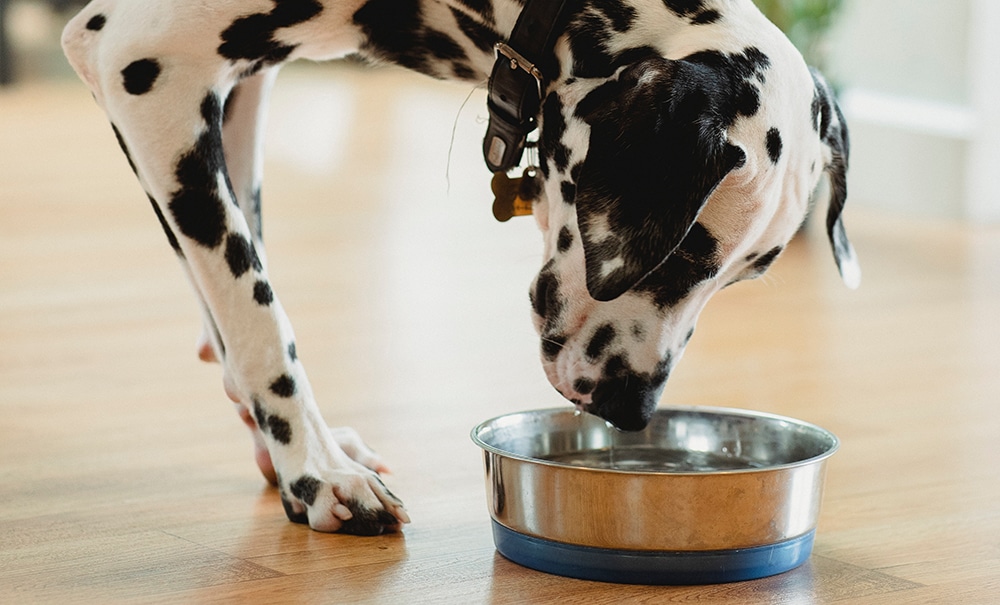Why & How to Switch Your Pet’s Food
There may come a time when you want or need to change the type of food you feed your dog or cat. Some pets aren’t picky eaters and will adapt to the change without issues. Other times, your pet may protest and refuse to eat the newly offered diet at first.
This blog covers various reasons for changing your pet’s diet along with helpful tips to make the transition smoother. We’ll also address what to do if your cat or dog refuses to eat new food and when to contact your veterinarian for guidance.
Reasons for Changing Your Pet’s Food
There are many reasons to change a pet’s food. Even if the dog or cat does seemingly well with their current food, there are numerous valid reasons a pet owner may opt to make a change in their pet’s diet.
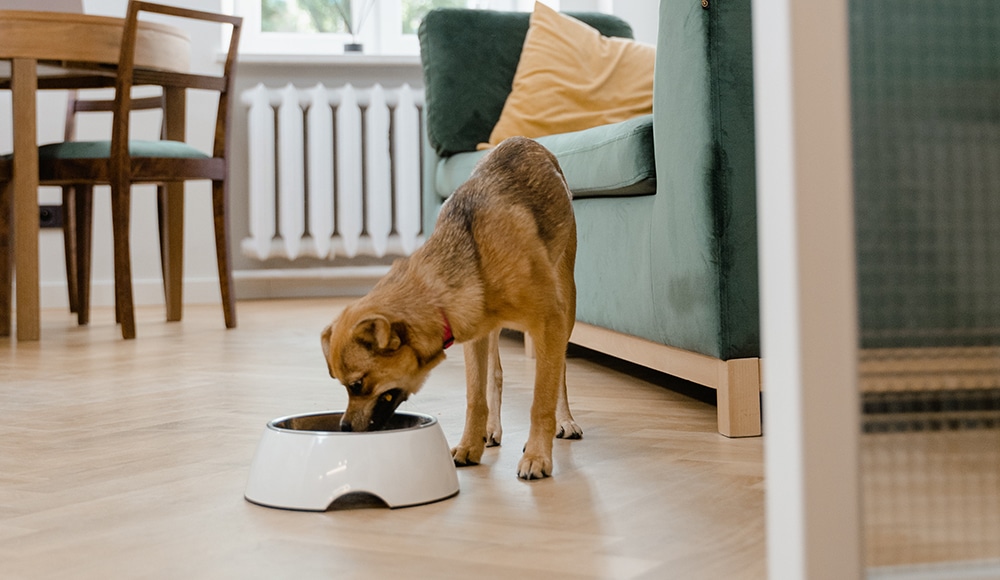
General Nutrition
Perhaps you recently learned that the food you feed your dog or cat isn’t as healthy as you first thought. Dog food can be packed with unhealthy ingredients, and sometimes dog parents opt to change their dog’s diet for the simple reason of selecting healthier alternatives.
Maybe you’re looking to feed your pet food with less chemicals and preservatives. Or perhaps you’re looking to stay away from meat meal, meat by-products, artificial coloring, flavor enhancers or other fillers. Read more about dog food ingredients here.
It’s a good idea to switch your dog’s food every three months in order to provide them with a variety of high-quality food and a more well-rounded diet. A commonly accepted recommendation is to rotate your pet’s food with different protein sources (beef, lamb, chicken, etc). This not only gives the dog more variety, but also can help prevent your pet from developing allergies and intolerances.
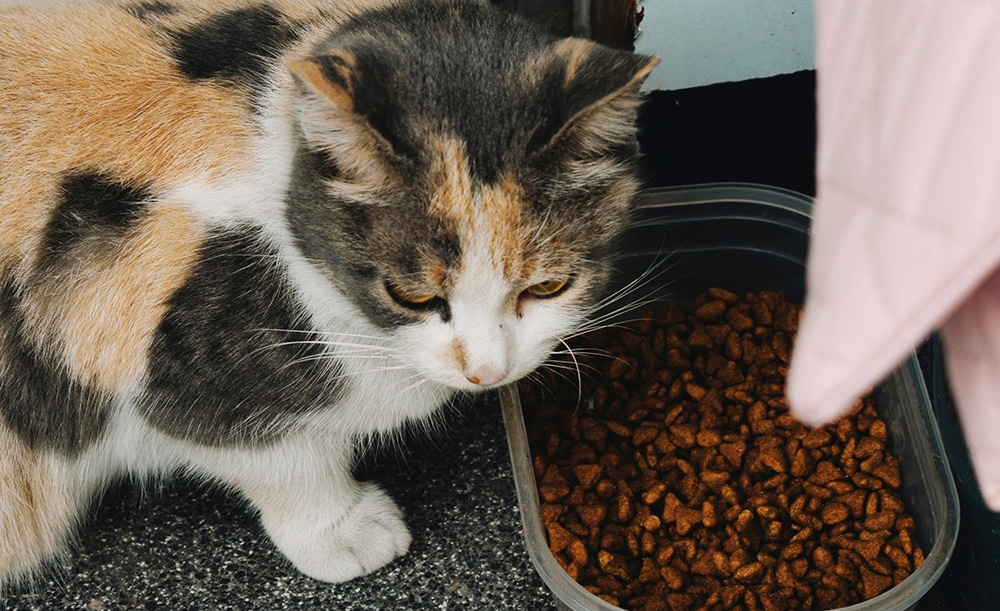
Allergies
Allergies are probably the #1 reason pet owners change a dog’s food. Allergies can cause terrible side effects such as hot spots, cysts, runny noses, eyes crusting over and dry, itchy skin, among others. Therefore, even if your dog does well with its food in other ways, it would make sense to change it. If you suspect your dog has allergies, talk to your vet about making changes to your pet’s diet.
Changing Food for Aging Dogs
All dog food should have a high quality meat source along with fruit and vegetables – providing protein, fat, energy and nutrients to your pet. Although the basic composition should be the same, there’s still a reason we’ve all seen pet food labeled and targeted toward dogs of different life stages.
Puppy food contains higher levels of calcium, phosphorus, amino acids, fat, protein and calories than adult dog food. Like growing children, growing puppies need different nutrients to help them form new muscle, strengthen their bones and help with development and functionality.
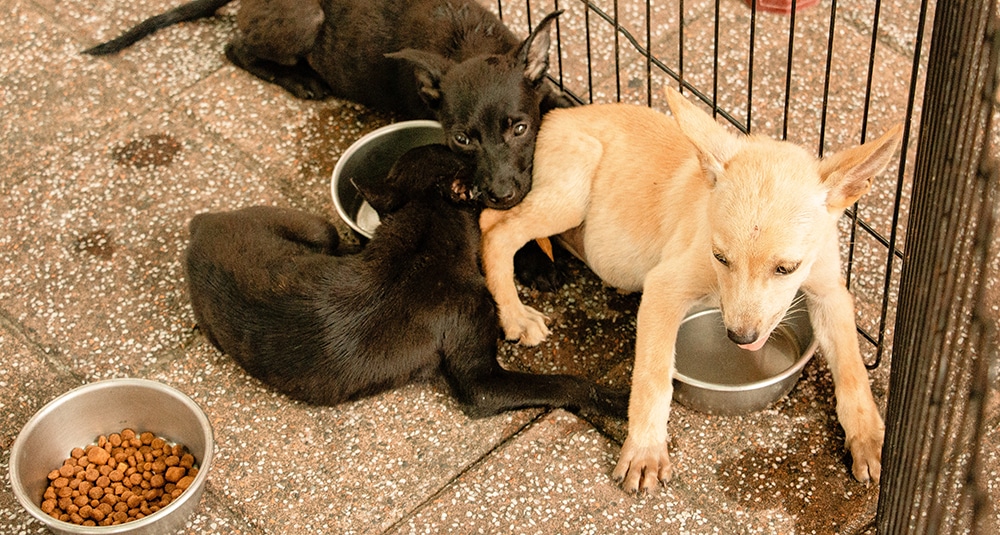
Adult dog food contains less calories than puppy food, as they burn less calories than growing, energetic puppies. So what happens if you feed puppy food to an adult dog? Unfortunately, they will likely gain weight quickly due to the higher fat content. They’ll also be at risk for developing high cholesterol and heart problems due to the high amount of amino acids in puppy food.
Your dog may be considered a senior once they are between 6 and 10 years old, depending on their breed (larger breeds generally mature faster than smaller breeds). Senior dog food generally contains less protein and fat while supplying dogs with more carbohydrates. All-ages dog food can still be given to elderly dogs, though many pet owners begin switching their senior dogs to prescription diets later in life to help aid their specific health conditions.
Digestion Issues
Diarrhea and vomiting may suggest your pet is experiencing digestion issues. Gradually switching your pet’s food may improve this issue.
On the contrary, introducing new foods too rapidly can also aggravate the issue. It’s best to try to find the underlying cause of your pet’s digestion issue before attempting to make too large a change to their diet.
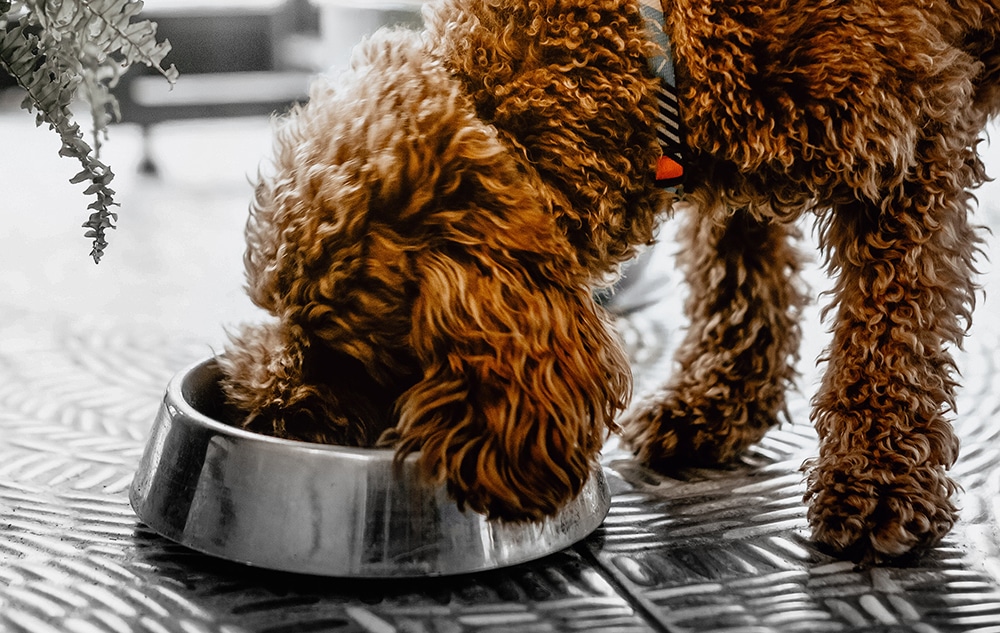
Skin and Coat Problems
Your pet’s skin and coat are greatly affected by their nutrition. Pet owners may opt to either switch their animal’s diet altogether or add supplements to their existing pet food to help problems like skin inflammation, hair loss, or a brittle, dry haircoat.
Ultra Oil (available at Smoochie Pooch boutiques) provides a great source of vitamins and minerals like sardine, anchovy and hempseed oil that are great for your dog’s skin and coat (and help relieve hot spots, allergic breakouts and other skin and coat irritations).
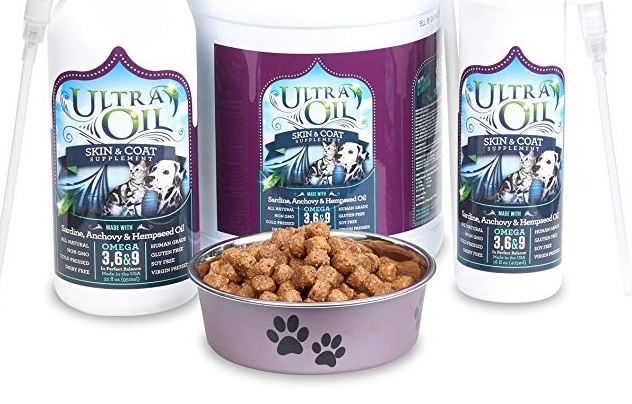
Other ways to supplement a dog’s diet for skin and coat problems involve adding fish oil, coconut oil, specialty freeze-dried raw supplements and other items to a dog’s food to help improve their condition.
Kidney Disease and Diabetes
Both kidney disease and diabetes require very specialized diets for dogs. Typically these dogs are prescribed a specific diet by a vet and are allowed little-to-no treats. Switching to these foods may be difficult for your dog as it may not taste as good.
Diagnosed Health Concerns
Any changes in a pet’s diet can be difficult for animals that are predisposed to health concerns. Pets that have been diagnosed with an autoimmune disease, kidney disease or even severe allergies can decline quickly without the proper nutrition. It is best to switch diets on these pups only if needed and with the guidance of a veterinarian.
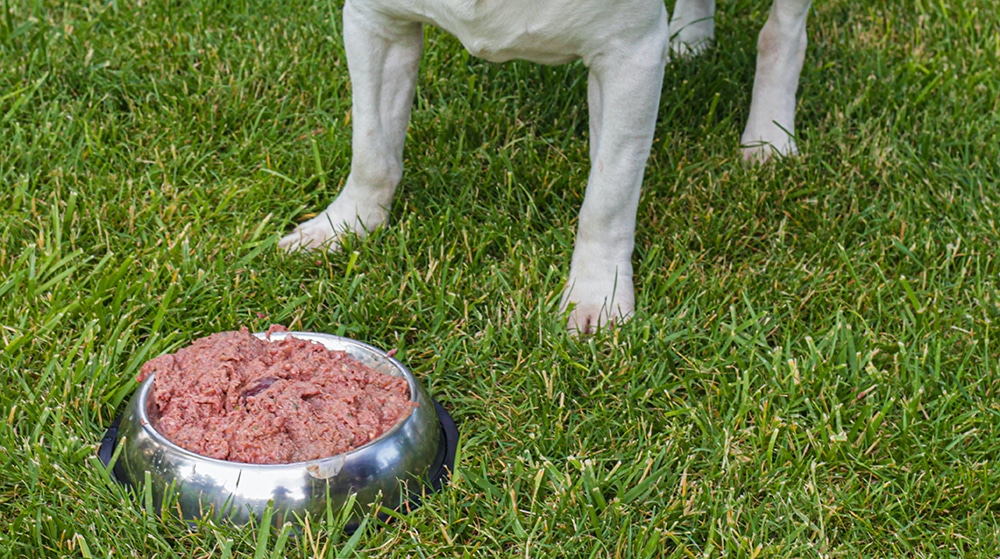
How to Transition Your Pet’s Food Correctly
There are mixed opinions among the professional pet industry on the best way to transition your pet to a new food. It really depends on your dog or cat and also what you are trying to accomplish. The general rule of thumb is to introduce the new food to your pet by slowly adding it to its existing food. According to the American Kennel Club, the following are the ideal guidelines for transitioning food:
- Day 1: 25% new diet and 75% old diet.
- Day 3: 50% new diet and 50% old diet.
- Day 5: 75% new diet and 25% old diet.
- Day 7: 100% new diet.
Transitioning your furry friend’s food slowly and gradually will help avoid both frustration and upset tummies. Switching their food too quickly can lead to vomiting, diarrhea and a decreased appetite.
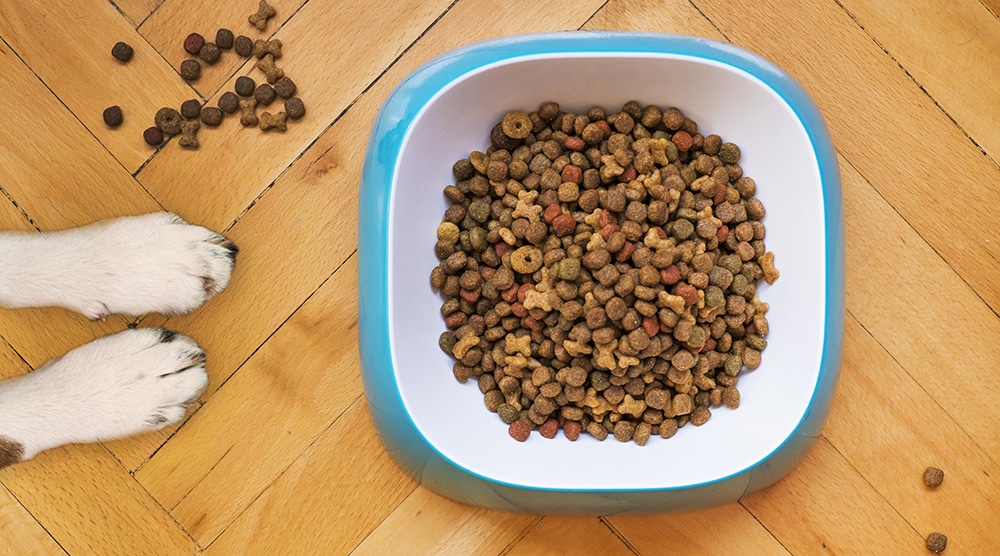
What if My Pet Won’t Eat the New Food I Offer?
We call this a hunger strike. The good news is that in most cases, dogs and cats will not starve themselves. They will eventually eat what is offered. Especially if the change is needed for a medical reason, stick to it for several days before panicking.
In the scenario where you have to transition to a prescription food for medical reasons, you may want to try food toppers over your pet’s food. Food toppers are treats or flavor enhancers that come in powder, liquid or raw form and are designed to entice your pet to eat. Be sure to check with your veterinarian before trying them, but it may be your key to getting your best friend to eat their new diet.
Note: If your dog refuses to eat or makes another dramatic change in their eating habits and you haven’t made changes to the food you offer, contact your veterinarian for guidance. It’s possible that they’re experiencing an issue even if you don’t notice any other warning signs. Pet owners should always play it safe when it comes to the health of their pet.
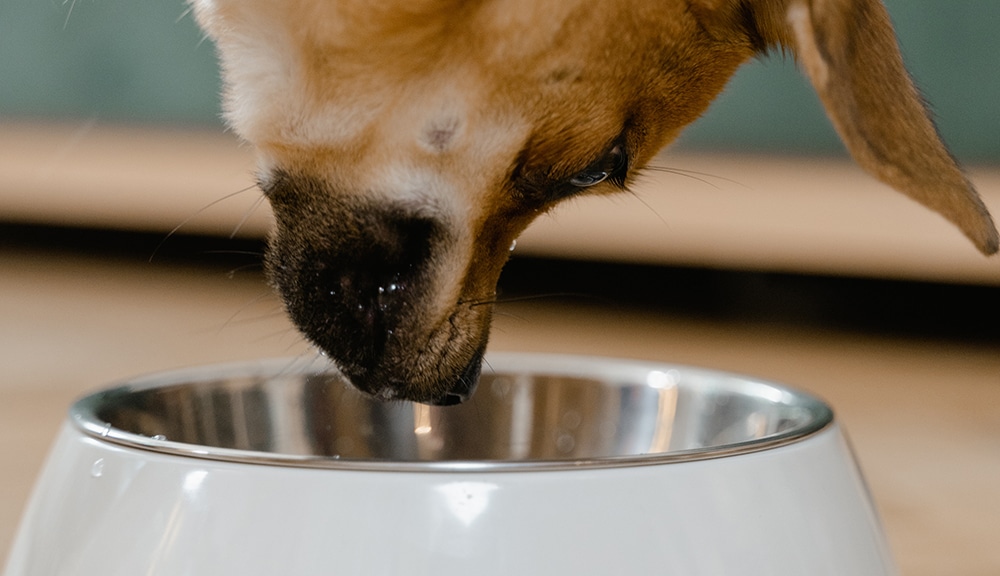
If you have questions about your pet’s dietary needs, ask your local Smoochie Pooch pet groomer. We’re happy to help answer any questions we can. If we don’t know the answer, we’ll help guide you in the right direction!
Related blogs:


